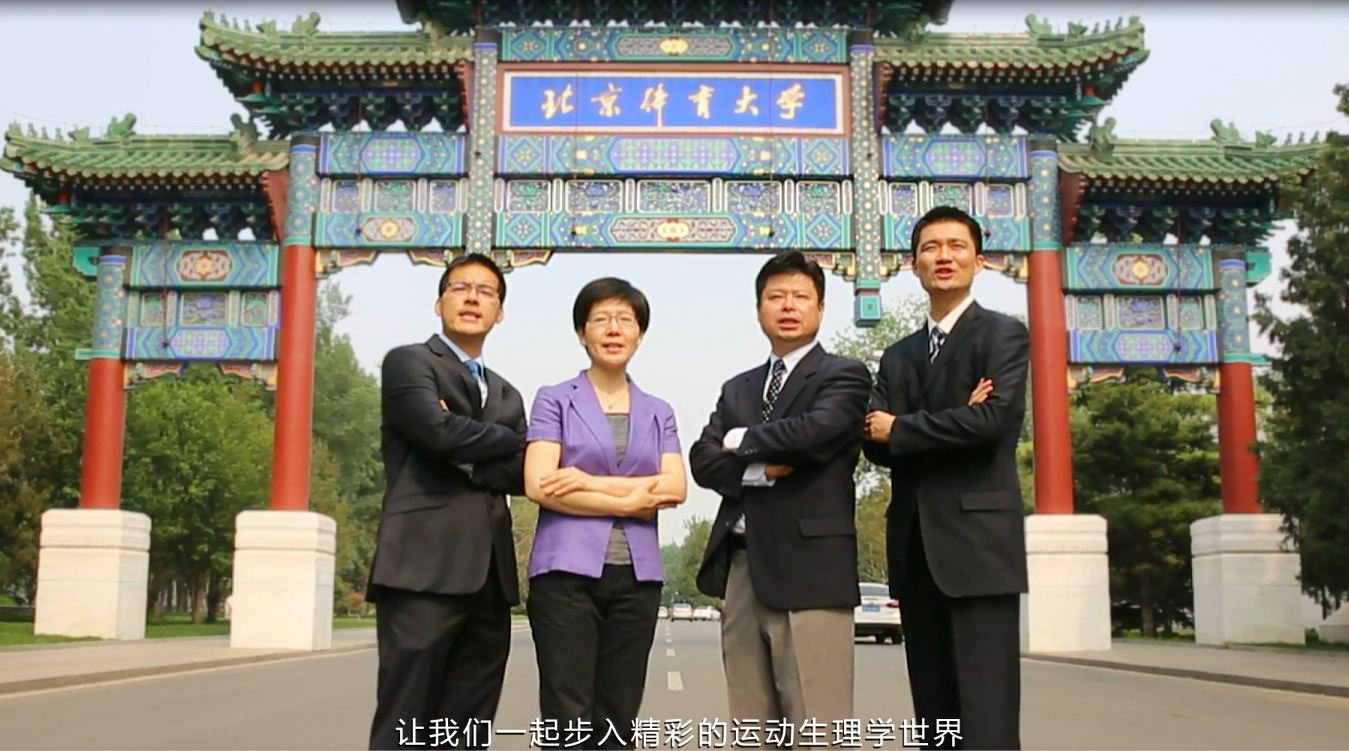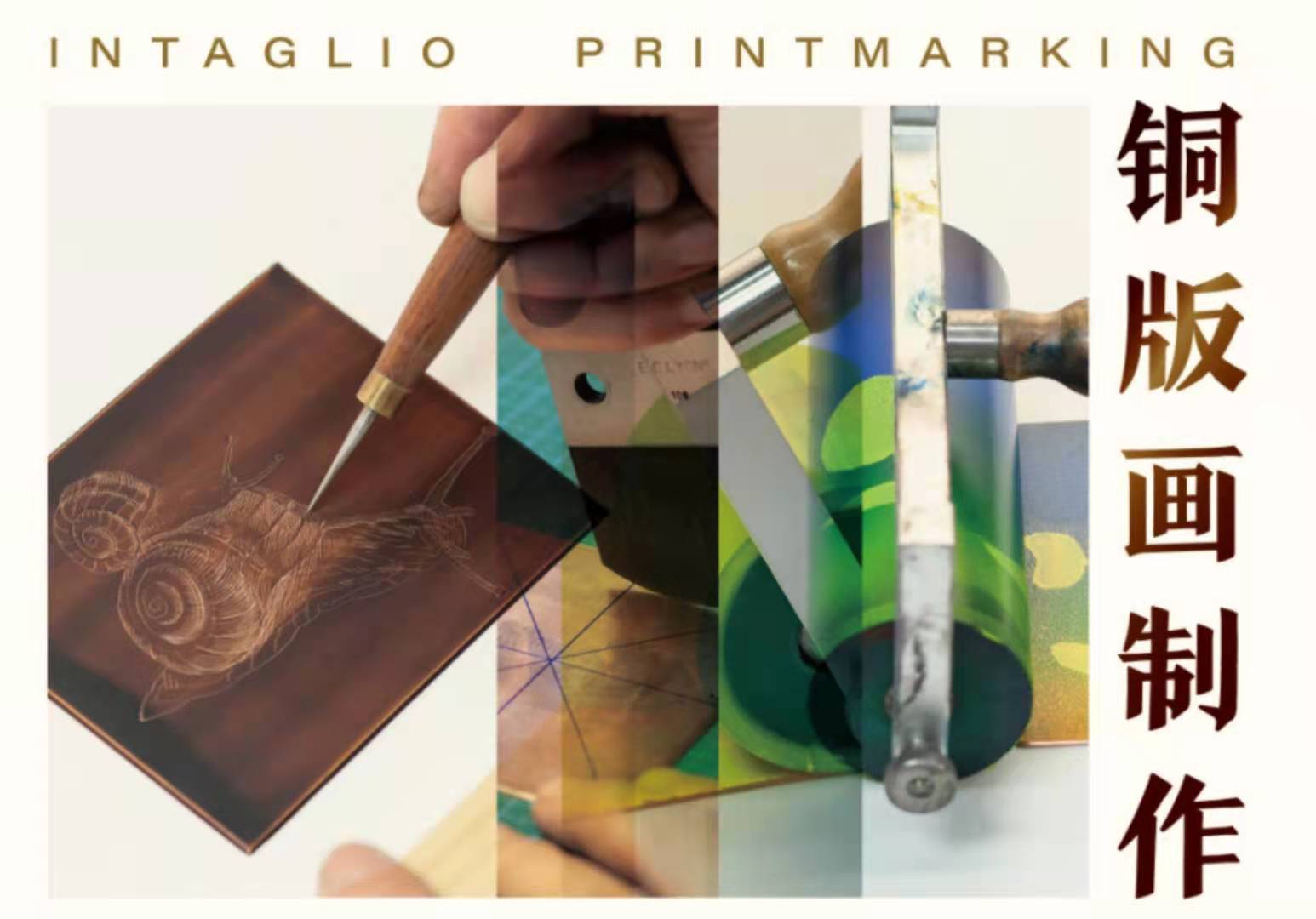
当前课程知识点:Fundamentals of Inorganic Materials Science > 4 Melt and glass > 4.5 The structure of glass > 4.5 The structure of glass
返回《Fundamentals of Inorganic Materials Science》慕课在线视频课程列表
返回《Fundamentals of Inorganic Materials Science》慕课在线视频列表
同学们好,
今天我们来学习玻璃的结构。
玻璃的结构是指
玻璃中质点在空间的几何配置、
有序程度以及彼此间的结合状态。
同时,
玻璃结构最大的特点是
近程有序,远程无序。
各种关于玻璃结构的学说,
均是从这两个角度说明玻璃的。
其中最主要的两个学说是
晶子学说和无规则网络学说。
首先来看一下晶子学说,
该学说建立在两个实验基础上。
第一,硅酸盐玻璃加热到573℃时
折射率发生急剧变化,
而石英在573℃发生α-β 型相变。
这表明玻璃中存在晶体结构。
第二,X射线衍射分析表明
石英玻璃衍射的主峰
与晶体石英的特征峰一致,
钠硅玻璃的衍射主峰
与石英晶体和偏硅酸钠晶体的特征峰一致,
且保温温度越高,时间越长,
玻璃的衍射峰越明显。
由此可见,玻璃是由无数的“晶子”组成。
这里所说的“晶子”不同于一般微晶,
而是带有晶格变形的有序区域,
它分散于无定形的介质中,
并且“晶子”到介质的过渡是逐渐完成的,
两者之间无明显界线。
该学说揭示了玻璃结构的不均匀性,
描述了玻璃结构的近程有序性。
但是,晶子尺寸太小,
无法用X射线检测,
晶子的含量、组成也无法得知。
这是该学说最大的不足。
第二个学说是无规则网络学说。
该学说认为,
形成玻璃的物质与相应的晶体类似,
形成相似的三维空间网络。
该网络是由离子多面体(四面体或三角体)构筑起来的。
而两者的区别在于,
晶体中多面体做有规律重复排列,
而玻璃中多面体的重复没有规律性。
实验也证明了这一特点。
X射线衍射表明,
玻璃中晶体的尺寸
与方石英晶胞尺寸相当,
且结构中没有不连续的空隙。
用傅里叶分析法可得到
石英玻璃中原子的径向分布曲线,
该曲线表明,
玻璃中Si-O原子的间距
与晶体硅酸盐中的Si-O原子间距相符合。
同时硅原子的配位数为4.3。
这些都说明
石英玻璃和石英晶体中存在相同的硅氧四面体。
如果用无规则网络学说
来描述硅酸盐玻璃,
则可以认为阳离子多面体通过桥氧相连,
向三维空间无规律发展形成网络结构。
网络形成离子位于多面体中心,
变性离子在网络空隙中统计分布。
该学说说明玻璃结构宏观上是均匀的,
同时解释了结构的远程无序,
揭示了玻璃的各向同性。
但是该学说不能完满解释
玻璃的微观不均匀性和分相现象。
因此,
这两种学说各自都能解释玻璃的部分性质,
但两者正在逐步靠近。
他们对玻璃统一的看法是——
玻璃是具有近程有序、
远程无序结构特点的无定形物质。
好,玻璃的结构我们就讲到这里,
谢谢!
-Test for chapter 1
-2.1 Type of defect
-2.2.1 The expression methods of point defects
--2.2.1 The expression methods of point defects
--2.2.1 The expression methods of point defects
-2.2.2 The rules for writing of defect reaction equation
--2.2.2 The rules for writing of defect reaction equation
--2.2.2 The rules for writing of defect reaction equation
-2.3 Calculation of thermal defect concentration
--2.3 Calculation of thermal defect concentration
--2.3 Calculation of thermal defect concentration
-2.4 Non-stoichiometric compounds
--2.4 Non-stoichiometric compounds
--2.4 Non-stoichiometric compounds
-Homework for chapter 2
-Test for chapter 2
-3.1 The classification of solid solutions
--3.1 The classification of solid solutions
--3.1 The classification of solid solutions
-3.2 Substitutional solid solution
--3.2 Substitutional solid solution
--3.2 Substitutional solid solution
-3.3 Interstitial solid solution
--3.3 Interstitial solid solution
--3.3 Interstitial solid solution
-3.4 The research method of solid solutions
--3.4 The research method of solid solutions
--3.4 The research method of solid solutions
-3.5 Questions for crystal imperfection and solid solution
--Questions for crystal imperfection and solid solution
-Homework for chapter 3
-Test for chapter 3
-4.1 Melt structure
-4.2 The properties of the melt
--4.2.1 The properties of the melt_viscosity
--4.2.2 The properties of the melt_surface tension
--4.2 The properties of the melt
-4.3 The characteristics of glass
--4.3 The characteristics of glass
--4.3 The characteristics of glass
-4.4 The formation of glass
--4.4.1 The formation of glass_kinetics conditions
--4.4.2 The formation of glass_crystal chemical conditions
-4.5 The structure of glass
-4.6 The typical glass
-4.7 Questions for melt and glass
--Questions for melt and glass
-Test for chapter 4
-5.1 Phase equilibrium in silicate systems
--5.1 Phase equilibrium in silicate system
--5.1 Phase equilibrium in silicate system
-5.2 One-component system phase diagram
--5.2 One-component system phase diagram
--5.2 One-component system phase diagram
-5.3 Applications of one-component diagrams
--5.3 Applications of one-component diagrams
--5.3 Applications of one-component diagrams
-5.4 Binary diagrams
--5.4.1 Binary diagram with eutectic point
--5.4.2 Binary system with a congruent melting compound and one with an incongruent melting compound
--5.4.3 Other five types of phase diagrams of binary systems
-5.5 Applications of binary phase diagrams
--5.5 Applications of binary phase diagrams
--5.5 Applications of binary phase diagrams
-5.6 Ternary diagrams
--5.6.1 Representation of ternary system composition
--5.6.1 Representation of ternary system composition
--5.6.2 Three-dimensional state diagram and plane projection diagram of a simple ternary system
--5.6.2 Three-dimensional state diagram and plane projection diagram of a simple ternary system
--5.6.3 (1) Basic types of ternary phase diagrams
--5.6.3 (2) Basic types of ternary phase diagrams
--5.6.3 (3) Basic types of ternary phase diagrams
--5.6.3 Basic types of ternary phase diagrams
-5.7 Applications of ternary phase diagrams
--5.7 Applications of ternary phase diagrams
--5.7 Applications of ternary phase diagrams
-5.8 Research methods of phase equilibrium
--5.8 Research methods of phase equilibrium
--5.8 Research methods of phase equilibrium
-5.9 Questions for phase equilibria
--Questions for phase equilibria
-Homework for chaper 5
-Test for chapter 5
-6.1 Overview of diffusion
-6.2 The kinetic equations of diffusion
--6.2 The kinetic equations of diffusion
--6.2 The kinetic equations of diffusion
-6.3 The thermodynamic equation of diffusion
--6.3 The thermodynamic equation of diffusion
--6.3 The thermodynamic equation of diffusion
-6.4 Diffusion mechanisms and diffusion coefficient
--6.4 Diffusion mechanisms and diffusion coefficient
--6.4 Diffusion mechanisms and diffusion coefficient
-6.5 Diffusion in solid
-6.6 Factors affecting diffusion
--6.6 Factors affecting diffusion
--6.6 Factors affecting diffusion
-6.7 Questions for diffusion
-Homework for chaper 6
-Test for chapter 6
-7.1 Overview of solid state reactions
--7.1 Overview of solid state reactions
--7.1 Overview of solid state reactions
-7.2 Kinetic equation of solid state reaction
--7.2 Kinetic equation of solid state reaction
-7.3 Factors affecting the solid state reaction
--7.3 Factors affecting the solid state reaction
--7.3 Factors affecting the solid state reaction
-Homeword for chapter 7
-8.1 The categories of phase transformation
--8.1 The categories of phase transformation
--8.1 The categories of phase transformation
-8.2 Crystallization
--8.2.1 Crystallization thermodynamics
--8.2.2 Crystallization kinetics
-8.3 Phase Separation of glass
--8.3 Phase separation of glass
--8.3 Phase separation of glass
-8.4 Questions for phase transformation
--Questions for phase transformation
-Test for chapter 8
-9.1 Overview of sintering
-9.2 The driving forces and models of sintering
--9.2 The driving forces and models of sintering
--9.2 The driving forces and models of sintering
-9.3 Solid state sintering
--9.3.1 Evaporation-Condensation mass transfer
--9.3.2 Diffusion mass transfer
-9.4 Liquid phase sintering
--9.4.2 Solution-Precipitation mass transfer
-9.5 Grain growth and secondary recrystallization
--9.5.2 Secondary recrystallization
--9.5 Grain growth and secondary recrystallization
-9.6 Factors affecting sintering
--9.6 Factors affecting sintering
--9.6 Factors affecting sintering
-9.7 Questions for sintering
-Homework for chapter 9
-Test for chapter 9





